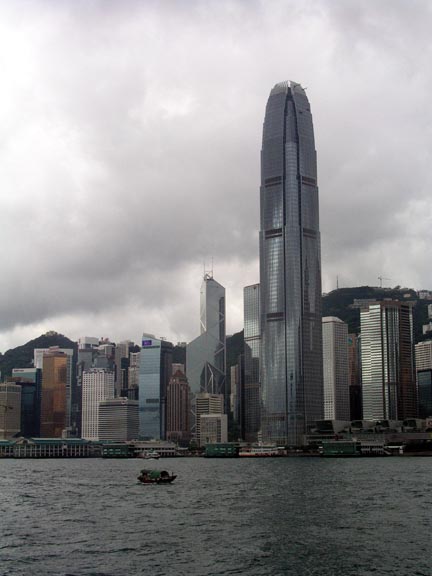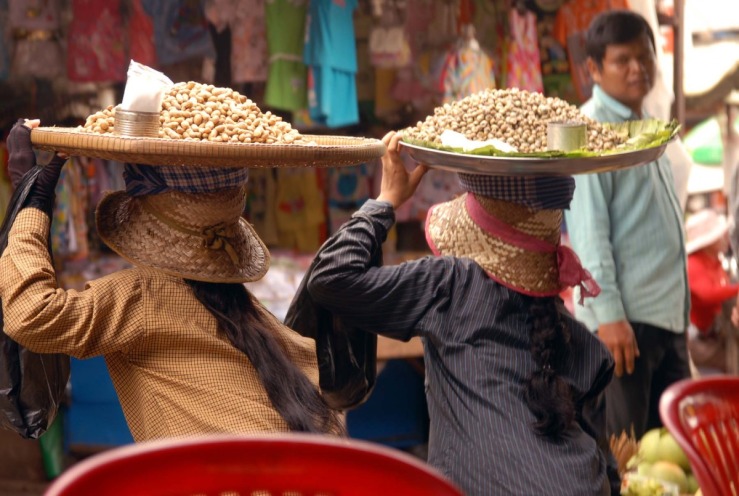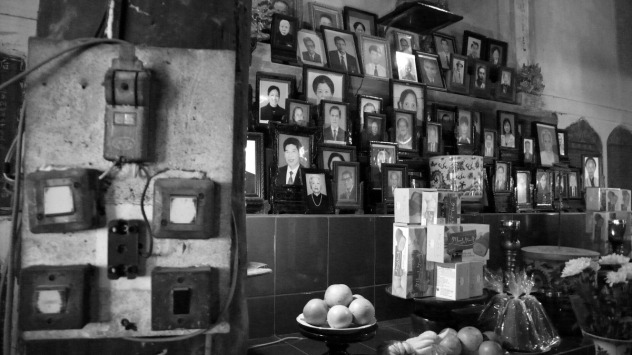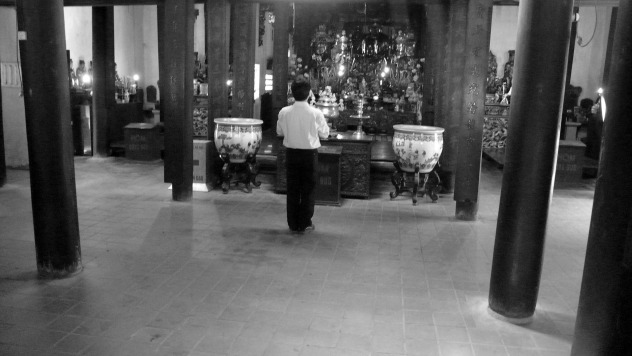“I know where Monkey Forest is,” she said.
“The bull is placed under a cremation platform (bale pabasmian) constructed of bamboo with a white "sky" cloth and gold tinsel roof. Reeds secure the bull on four corner poles and music stops.
“It’s like a party,” I said. “Women work the crowd selling water and soft drinks in searing heat. Tourists replace film and run videos.”
“Men cut the bull's back open with a large knife under sky pavilion and remove a section. Music starts and the body is lowered from the tower accompanied by cymbals, drums and clanging instruments. Women carry offerings and lead an honor procession three times around the bull.
“All the men are hot, tired, sweaty, and laughing. They lift the body up and pass it to a group along the bull. They place it inside. The widow places family heirlooms on the corpse as forest monkeys swing and chatter through overhead jungles. A black and white butterfly dances.
“A Brahmin priest in black stands on scaffolding with the family singing and chanting prayers over the body. They cut a string binding white cloth, pour holy water from clay pots on the body and pass pots to a family member who smashes them on the ground.
“Then the priest takes a flowering plant and sprinkles soil on the body. Another man adds yellow silk. People hand them family items wrapped in white cloth to be placed inside. Clay pots are emptied and smashed.
“A family member takes a photograph of the body. An effigy of reeds and tinsel is dismantled and placed on the body before the lid is replaced on the bull and secured with a long piece of bamboo lashed diagonally across the corners. Someone lights the fire.
“The bull and flowers burn quickly as wood, bamboo and rattan sends smoke and ash circling into sky. Cloth shells flame away as heat jumps to the tinsel and golden roof.
“Italian and French film crews work close to the fire.
“The crowd evaporates. The ground is littered with plastic water bottles and ashes. The widow sits by a path in the shade eating, drinking and talking quietly with her family and friends aboutsekala, what is seen, andnisekala, what is unseen.”
“Wow!” Michiyo said when Smith finished. “Amazing!”
“Yes,” he said. “It’s about impermanence and perception. When people change their attitudes they change their perceptions.”
“Is that all that happens?” She wanted to know.
“Well, it’s about connections on many levels, you see. When people change their attitudes it affects their values and changes their belief window.”
“What’s a belief window?”
“How you see things. Some cultures think with their heart instead of their head.”
“I see.” Our laughter shattered the calm silence. Wild cranes lifted from the rice paddies into blue sky slashing their shadows through light. The sky is the same color no matter where you are.
Metta.








 Share Article
Share Article 





